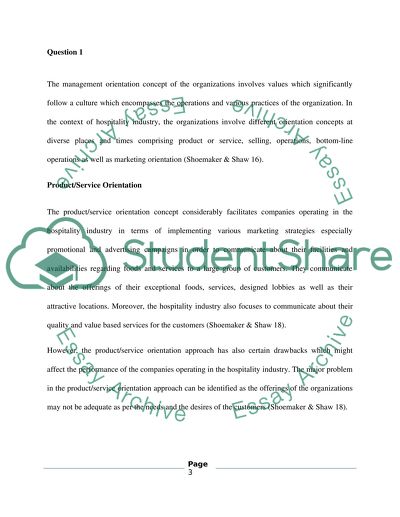Cite this document
(Hospitality marketing Assignment Example | Topics and Well Written Essays - 1750 words, n.d.)
Hospitality marketing Assignment Example | Topics and Well Written Essays - 1750 words. https://studentshare.org/marketing/1611454-hospitality-marketing
Hospitality marketing Assignment Example | Topics and Well Written Essays - 1750 words. https://studentshare.org/marketing/1611454-hospitality-marketing
(Hospitality Marketing Assignment Example | Topics and Well Written Essays - 1750 Words)
Hospitality Marketing Assignment Example | Topics and Well Written Essays - 1750 Words. https://studentshare.org/marketing/1611454-hospitality-marketing.
Hospitality Marketing Assignment Example | Topics and Well Written Essays - 1750 Words. https://studentshare.org/marketing/1611454-hospitality-marketing.
“Hospitality Marketing Assignment Example | Topics and Well Written Essays - 1750 Words”. https://studentshare.org/marketing/1611454-hospitality-marketing.


